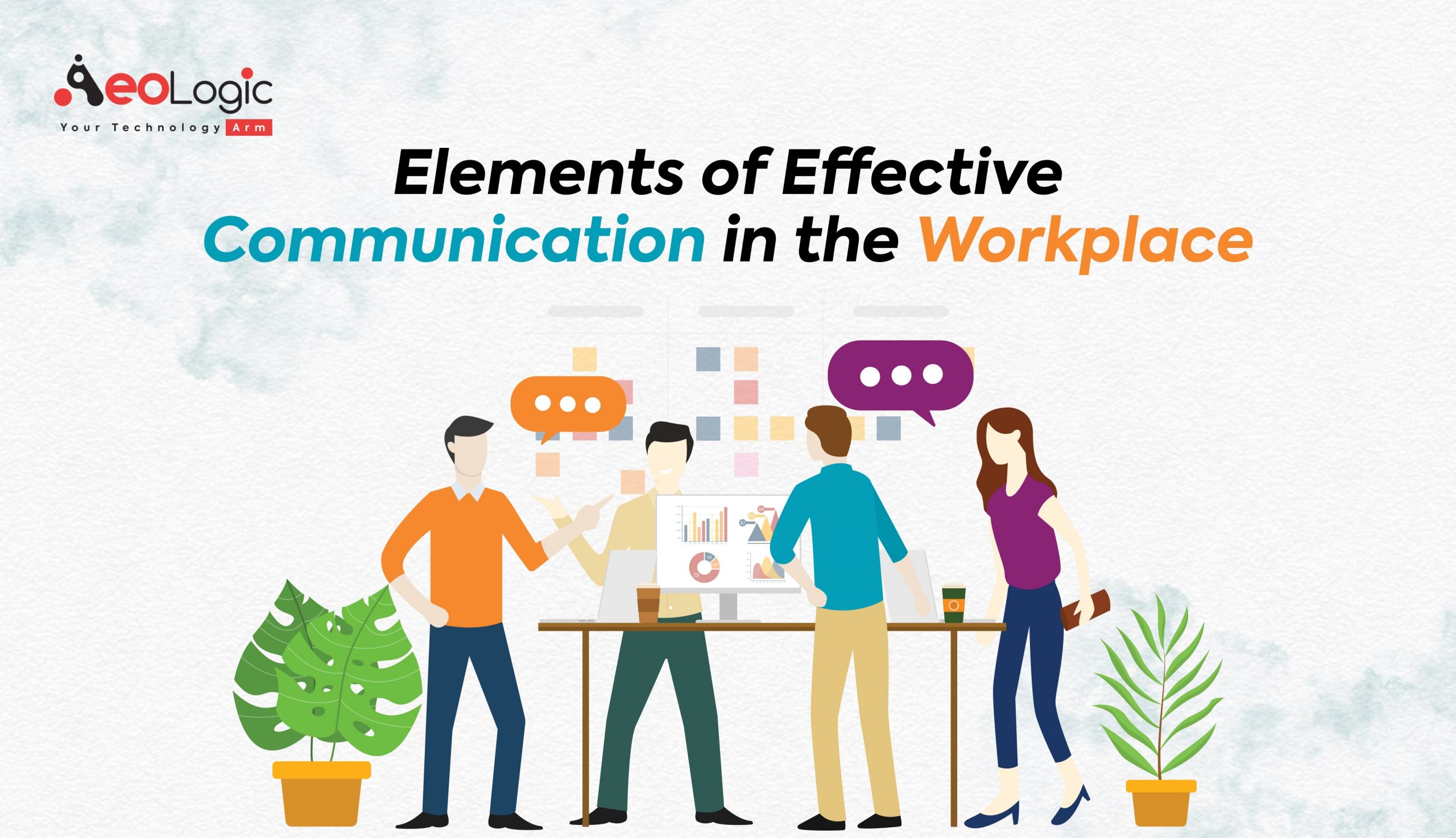Communication is the cornerstone of success in any workplace. It is through effective communication that ideas are shared, goals are achieved, and relationships are built. Whether you’re a manager, employee, or team member, mastering the art of communication is crucial for your professional growth. In this article, we will explore ten essential elements of effective communication in the workplace, equipping you with the skills needed to excel in your career.
Effective communication is the key that unlocks the door to a harmonious and high-performing team. – John C. Maxwell
What is Effective Communication in the Workplace?
Effective communication in the workplace is the art of conveying messages clearly and efficiently, fostering understanding and collaboration among team members. It involves utilizing various communication elements such as clarity and conciseness, active listening, nonverbal cues, and adaptability.
By practicing effective communication, individuals can build strong relationships, avoid misunderstandings, and ensure that tasks and goals are accomplished smoothly. It requires respect, courtesy, and the ability to tailor messages to suit different audiences and situations.
Effective workplace communication is not just about speaking or writing; it also involves actively listening to others, providing and receiving feedback, and leveraging technology appropriately. Embracing emotional intelligence and continuously seeking improvement are additional ingredients for achieving effective communication in the workplace.
Also Read: Role of Cloud Computing in Workplace Automation
10 Elements of Effective Communication in the Workplace
Now, let’s explore the essential 10 elements of effective communication in the workplace, guiding you towards better collaboration, stronger relationships, and professional success.
1. Clarity and Conciseness
Clear and concise communication is paramount in the workplace. It ensures that your message is easily understood, reducing the likelihood of misunderstandings or errors. When communicating, be mindful of your language and logically structure your thoughts. Use simple, jargon-free language that resonates with your audience, allowing them to grasp your message effortlessly.
2. Active Listening
Effective communication is a two-way street, and active listening plays a vital role. Practice attentive listening by focusing on the speaker, maintaining eye contact, and avoiding distractions. Show empathy and acknowledge their viewpoint, fostering a sense of trust and respect. By truly hearing what others have to say, you foster better understanding and collaboration in the workplace.
3. Nonverbal Communication
Words alone don’t always convey the full meaning of a message. Nonverbal cues, such as facial expressions, gestures, and body language, also play a significant role. Be aware of your nonverbal signals and ensure they align with your intended message. Maintaining an open posture, using appropriate hand gestures, and maintaining eye contact all contribute to effective nonverbal communication.
4. Use of Feedback
Feedback is a powerful tool for improving communication. Encourage open and honest feedback from your colleagues and superiors, as well as provide constructive feedback to others. By providing and receiving feedback, you can address any communication gaps, refine your message, and continuously grow in your communication skills.
5. Respect and Courtesy
Treating others with respect and courtesy is crucial for fostering positive workplace relationships. Show appreciation for different perspectives and cultural backgrounds. Be mindful of your tone and avoid confrontational or offensive language. When you communicate with respect and courtesy, you create a supportive and inclusive work environment.
Also Read: How is the Cloud Computing Shaping Healthcare Industry?
6. Adaptability
Not everyone communicates the same way, and adaptability is key to effective workplace communication. Adjust your communication style to suit the needs of different individuals and situations. Some people may prefer written communication, while others may respond better to face-to-face conversations. By adapting your approach, you enhance understanding and engagement among team members.
7. Clarity of Purpose
Before initiating any communication, be clear about your purpose and objectives. Define what you want to achieve and tailor your message accordingly. By having a clear purpose, you can structure your communication effectively, ensuring that your message is focused and impactful.
8. Use of Technology
In today’s digital age, technology plays a significant role in workplace communication. Emails, instant messaging, video conferences, and collaborative platforms have become integral tools. Utilize technology effectively, but remember to adapt your communication style to different mediums. Be mindful of etiquette and ensure your messages are professional and concise, regardless of the platform used.
9. Emotional Intelligence
Emotional intelligence is the ability to understand and manage your own emotions, as well as recognize and empathize with the emotions of others. Developing emotional intelligence enhances your communication skills by allowing you to navigate sensitive topics, resolve conflicts, and build rapport with your colleagues. Cultivate self-awareness and practice empathy to strengthen your emotional intelligence in the workplace.
10. Continuous Improvement
Effective communication is a skill that can always be honed and refined. Seek opportunities for professional development, such as attending workshops or reading books on effective communication. Actively solicit feedback from colleagues or mentors, and reflect on your communication successes and challenges. By embracing a mindset of continuous improvement, you can consistently enhance your communication abilities.
Effective communication is not just about words; it’s about creating a shared understanding and building strong connections. – Simon Sinek
5 Common Barriers to Effective Communication in the Workplace
Effective communication is crucial for a productive workplace, but several barriers can impede the flow of information and understanding. Let’s explore five common barriers to effective communication in the workplace and understand how to overcome them.
- Lack of Clarity: Unclear messages or ambiguous instructions can lead to confusion and misinterpretation, hindering effective communication in the workplace.
- Noise and Distractions: Background noise, interruptions, or distractions can disrupt communication, making it difficult to convey and receive information accurately.
- Language and Cultural Barriers: Differences in language, cultural norms, and communication styles can create barriers, leading to misunderstandings and ineffective communication among diverse team members.
- Emotional Barriers: Strong emotions, such as anger, frustration, or stress, can impair effective communication, as they may hinder rational thinking and prevent individuals from expressing themselves clearly.
- Hierarchical Barriers: Organizational hierarchies and power dynamics can create barriers to effective communication. Employees may hesitate to voice their opinions or concerns, leading to a lack of open and transparent communication channels.
Addressing these common barriers requires proactive measures such as promoting clarity in communication, minimizing distractions, fostering inclusivity and diversity training, encouraging emotional intelligence, and creating a culture of open communication where all voices are valued and heard.
Also Read: Impact of Work-Life Balance on Employee Retention and Engagement
Final Words
Effective communication in the workplace is vital for building strong relationships, achieving goals, and fostering a productive work environment. By incorporating the ten elements discussed in this article clarity and conciseness, active listening, nonverbal communication, feedback, respect and courtesy, adaptability, clarity of purpose, use of technology, emotional intelligence, and continuous improvement you can become a master communicator.
Effective communication is a journey that requires practice, but the rewards are well worth the effort. Start implementing these elements today, and watch your professional success soar.









